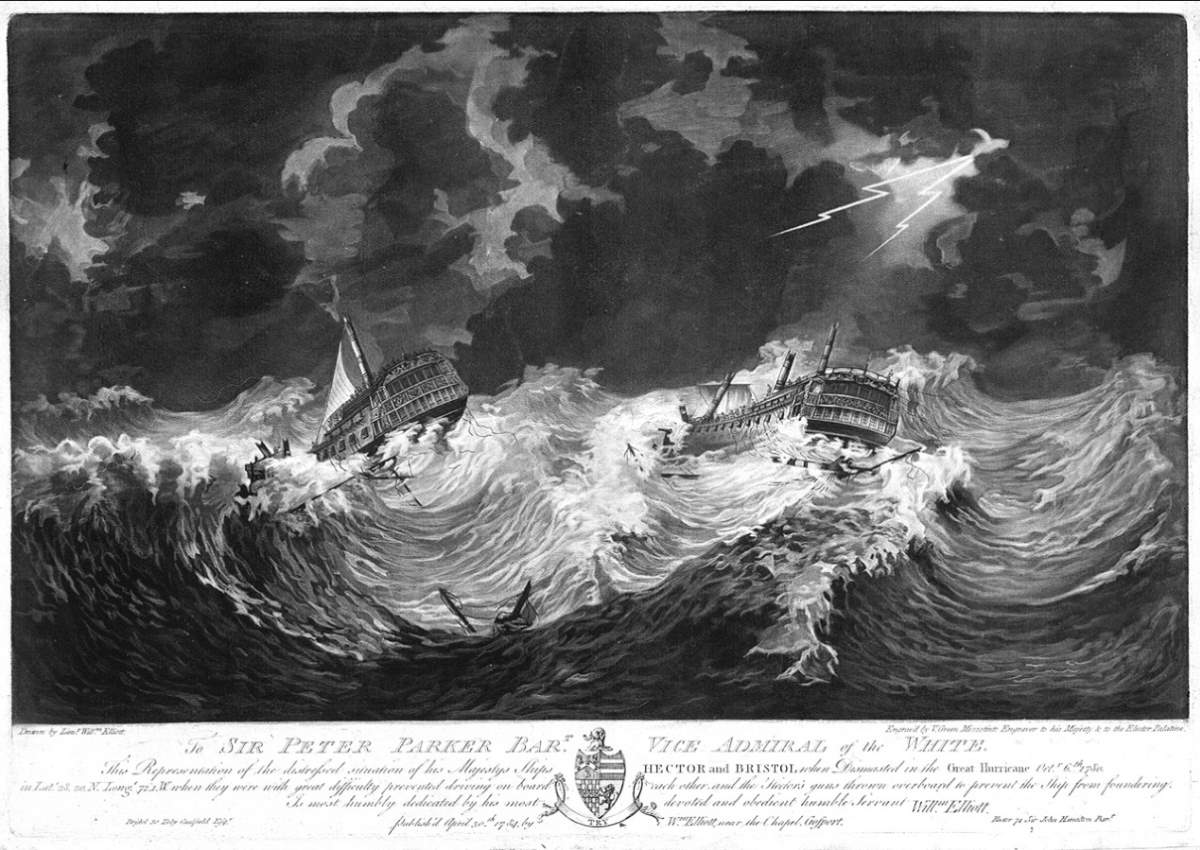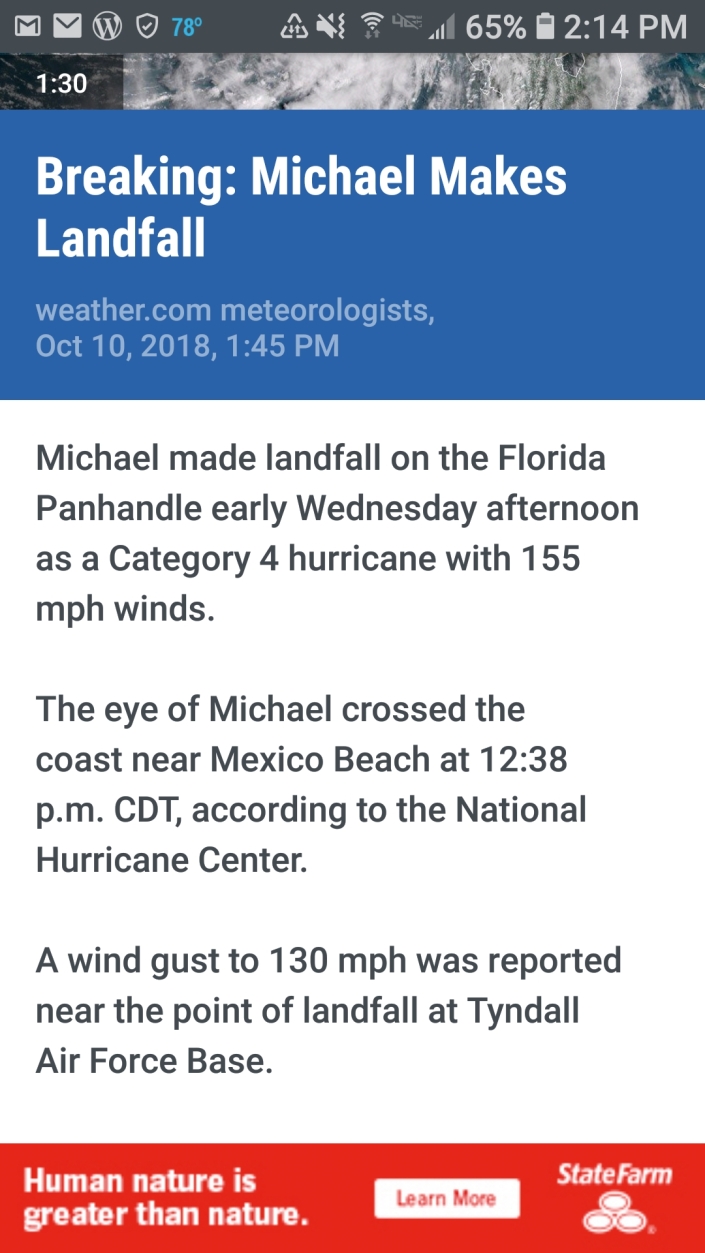category 4
Wayback Wednesday: Hurricane Carla 1961

I realize that September 11 is usually reserved for the remembrance of 9/11 but, that seems to be all over the news as it is. There are other things that have happened on September 11. ~Vic
Fifty-eight years ago, today, Category 4 Hurricane Carla slammed into Texas, making landfall near Port O’Connor. She was the first Category 5 of the 1961 Atlantic hurricane season.
From the National Weather Service:
Carla was the most intense hurricane to make landfall on the Texas coast in the 20th century and second in recorded history only to the Indianola hurricane of 1886. Carla was the last of 6 hurricanes to make landfall on the Texas coast as a Category 4 hurricane on the Saffir-Simpson scale, with sustained winds stronger than 130 mph, in the 20th century. Carla ranks as the 9th most intense hurricane to affect the United States since 1851.
Carla made landfall on the afternoon of the 11th on the northeast part of Matagorda Island as a strong Category 4 hurricane […]. The eye of Carla moved across Port O’Connor and Port Lavaca and, then, inland just east of Victoria. Carla weakened to a tropical storm on the morning of the 12th just east of Austin.
Carla was an extremely large hurricane with devastating effects from the winds and storm surge […]. The extreme tides inundated downtown Port Lavaca with 2 feet of flood water and displaced fishing boats and tug boats on Highway 35. With the slow movement of Carla, the hurricane pushed a storm surge of 22 feet above mean sea level at the head of Lavaca Bay in Port Lavaca. This is the highest storm surge in Texas hurricane history.

From Wikipedia:
[Little-known] newsman Dan Rather reported live from the second floor of a building in Texas City during the storm, an act that would be imitated by later reporters. This marked the first live television broadcast of a hurricane. Rather also alerted the public of the size of Carla in a way that “literally changed the way the world sees hurricanes”, according to a fellow reporter. Broadcasting live at the Weather Bureau Office in Galveston, Rather asked a meteorologist to draw an outline of the Gulf of Mexico on a transparent sheet of plastic. He then held the map over the black and white radar screen, which put the size of Carla into perspective, saying that Carla was the size of the Gulf of Mexico. CBS was so impressed with Rather’s work that he was offered the position of correspondent.
Carla remains number one on the Hurricane Severity Index.
Throwback Thursday: Hurricane Ike 2008

While we are on the subject of hurricanes, ten years ago, today, Hurricane Ike struck Galveston, Texas, at 2:10am CDT. It was recorded as a Category 4 on September 4 as it moved near the Leeward Islands. Though it had lessened in strength from its prior Cat4 status to Cat2, this was a bad storm in costs, damage and death. Ike’s storm surge went right over the Galveston Seawall, a ten-mile wall built for protection after the devastating Galveston Hurricane of 1900.
Ike claimed 195 lives…74 in Haiti, six in Cuba and 113 in the US. As of August 2011, 16 are still missing. This was a huge storm that also damaged the Bahamas, the Turks & Caicos, the Florida Panhandle, Mississippi and Louisiana. It is the most expensive storm to ever hit Cuba and, at $38 billion, was the second-costliest storm in US history until 2012.
I was living in Texas when Ike hit. I was too far inland to be affected by more than some rain storms. The terrain in Texas is quite different from North Carolina and even though the Austin Area is roughly the same distance from the Texas coast as the Piedmont/Triangle is from the NC coast, my native Texan friends told me that Austin had never been hit by a hurricane.
I was employed by the very agency that responded to the disaster…The Texas General Land Office, though I was not working in the Coastal Management Unit. I was working for the Veterans Land Board but, I remember the teams going down to help with the clean up and the pictures of the damage that were posted to our intranet. The stunning images of the debris that littered I-45 and the heartbreaking photos of the flooding to downtown Galveston. NASA’s Johnson Space Center (Houston, we’ve had a problem…) suffered roof damage to Mission Control and my beloved Lone Star Flight Museum wound up with $18 million in damaged planes and had to be moved inland to Ellington Field. ~Victoria

